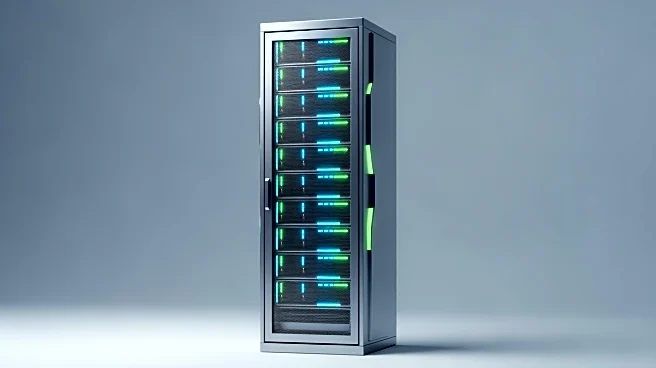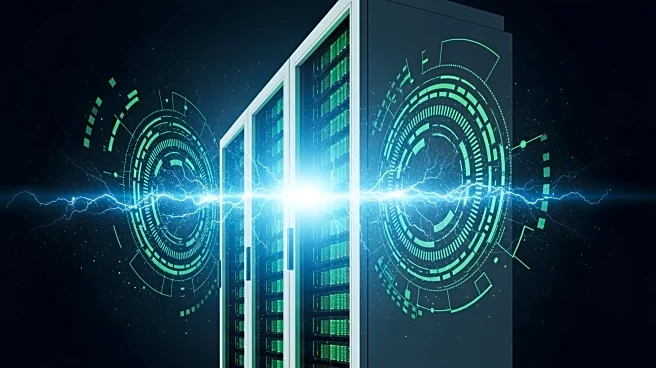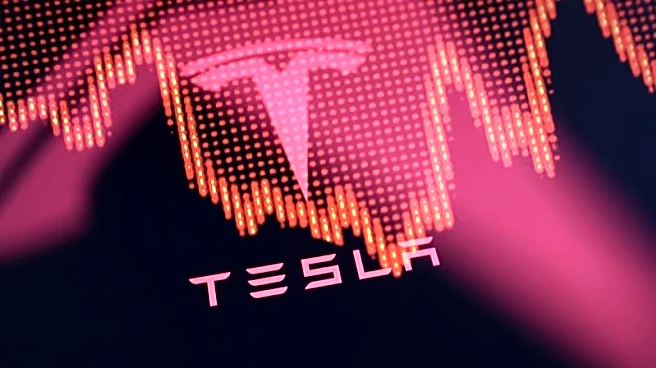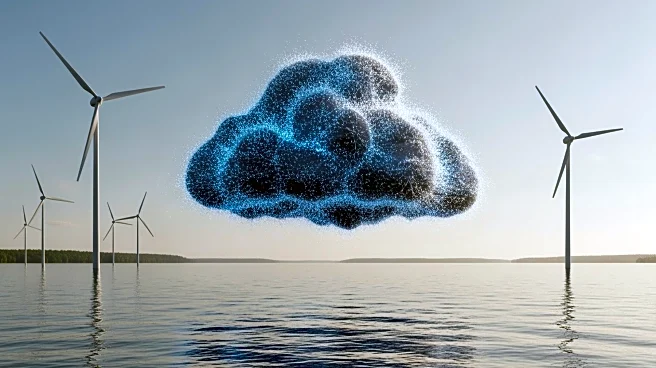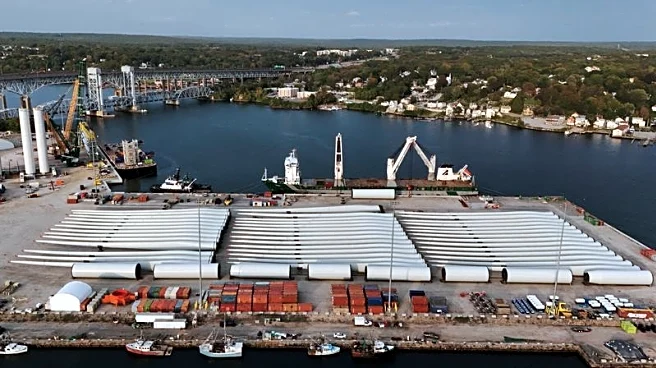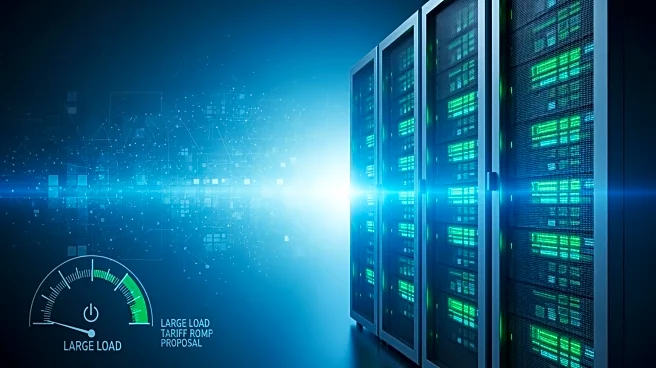What's Happening?
AI data centers are becoming increasingly vital to America's technological future, yet they face opposition due to their energy demands and community impact. These centers are essential for AI systems,
consuming significant amounts of electricity, with projections indicating they could use up to 12% of the nation's electricity by 2028. Despite their importance, data centers often encounter local backlash, with residents opposing rezoning efforts and construction permits due to concerns over energy supply strain, utility bill increases, and environmental impact. However, data centers also bring substantial investments to communities, such as Meta's $1 billion project in Kansas City, which includes local school and STEM program investments.
Why It's Important?
The expansion of AI data centers is crucial for maintaining U.S. competitiveness in the global tech landscape, especially as other nations like China invest heavily in AI infrastructure. These centers provide significant economic benefits, including job creation and increased tax revenue, which can revitalize struggling communities. However, the challenges they face highlight the need for careful planning and regulation to balance technological advancement with community and environmental concerns. Ensuring fair utility rates and investing in renewable energy are essential to mitigate the negative impacts and support sustainable growth.
What's Next?
Communities and regulators will need to address the challenges posed by data centers, including energy consumption and environmental impact. This may involve creating separate utility rate classes for data centers and ensuring transparency in tax arrangements. Companies will likely continue investing in efficiency and renewable energy to meet growing demands. The debate over data centers will shape future policies and strategies for AI infrastructure development.
Beyond the Headlines
The opposition to data centers reflects broader concerns about the environmental and social impact of rapid technological growth. These facilities are not just about energy and land use; they represent the future of AI and digital economy infrastructure. The U.S. must navigate these challenges to remain at the forefront of technological innovation, balancing local concerns with national interests.
